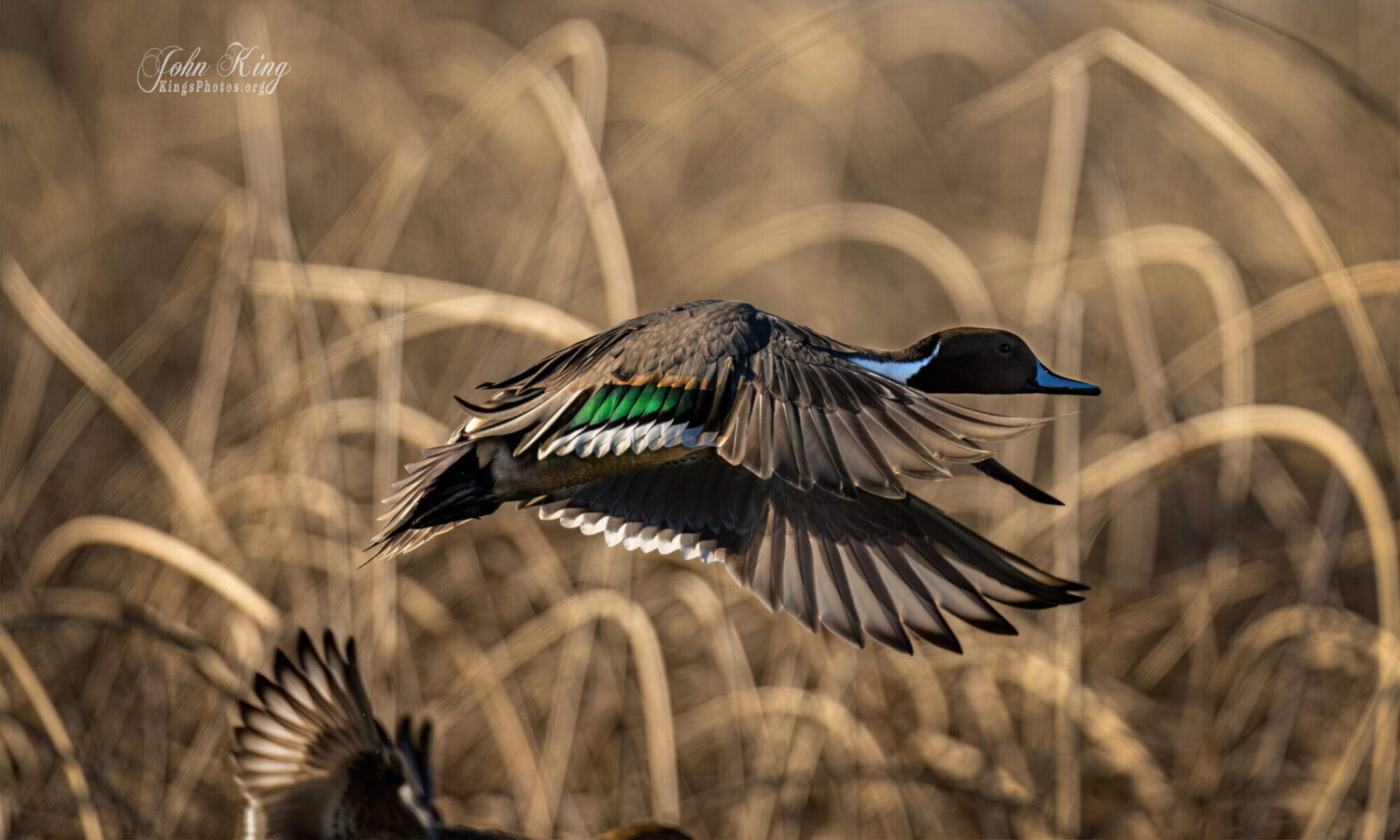Sacramento National Wildlife Refuge 01/29/2021
01/29/2021 Sacramento Wildlife Refuge

⮮ Wildlife & Outdoor Photography ⮯
Sacramento National Wildlife Refuge 01/29/2021
Recent trip to Bodega Bay and up the coast past Jenner, it had been mostly rainy during the trip but did get a few breaks in between storms to get out and do a bit of Birding
January 12th, 18th, 19th, 22nd, 2019 at the Sacramento Wildlife Refuge, we encounter several different species of birds, Bald Eagle Adults and Juveniles, first time seeing a White-Tailed Kite, and Prairie Falcon, the prairie falcon was flying with a small bird in its talons clenched tight to its body,
Here is a list of birds we saw.
"Bald Eagle", "Red-tailed Hawk", "White-Tailed Kite", "Gadwall", "Northern Pintail", "White-faced Ibis", "Northern Shoveler", "Pond Turtles", "Rudy Duck", "Mallards", "Ring-Necked Pheasant", "Great Horned Owl", "Northern Harrier", "Snow Geese", "Red-shouldered Hawk", "Blue Geese", "Prairie Falcon", "White-fronted Geese", "Cooper’s Hawk", "Black-necked Stilt"
And many more species
January 01, 07, 10 2019
Gray Lodge Wildlife Area
Had a few chances the past couple of weeks to get out to the Sacramento National wildlife Refuge and also to the Colusa National wildlife Refuge, being that the Snow Geese where in at both, I decided to focus my photos on the Blue Geese (Dark Morph), the white geese (White Morph) outnumber the Blues by a big percentage, almost like trying to find a needle in a hay stack when you have hundreds of geese in the sky and on the water, below are some photos I was able to get, below the photos are a complete description on the Snow Geese.
Blue Geese, are a beautiful color morph of the original White Geese. Snow Goose wingspan is more than 4 feet. They are able to fly more than 50 miles per hour. They are the same species as the White Snow Geese. The blue color is a color morph controlled by one single gene. The blue variety has a white head and upper neck, pale grey lower neck, chest, and belly, blue-grey back and flanks, and they are white on the underside and rump. The primary wing feathers are black. Both genders look alike. Male ganders are slightly larger.
Range: Blue Geese are a migratory bird. They breed far north in the arctic region--areas of Greenland, Alaska, and Canada. In August and September, they migrate south to the United States and Mexico. Large flocks of snow geese fly very high and migrate in large numbers along narrow corridors, more than 3,000 miles from traditional wintering areas to the tundra. Snow Geese return to the same nesting grounds where they were hatched.
Habitat: The coastline of the arctic tundra is the home of Snow Geese during breeding season. During the winter, they are at or near salt or freshwater sources such as estuaries, marshes, and may also populate agricultural lands.
Breeding: The breeding season is May to August. Snow Geese mate for life, typically pairing up their second year, choosing an individual of the same color morph (white or “blue”) as the family members they grew up with, but breeding does not begin until the third year.
Incubation: Snow Geese lay a clutch of two to six cream-white eggs in a shallow plant lined ground nest. Incubation takes 22 to 25 days. The female incubates the eggs, spending 21 or more hours per day on the nest, while the male stands guard to defend females and nest sites against predators and other Snow Geese. Within 24-hours of hatching, goslings are feeding themselves and walking on their own. Goslings will learn to fly within 6 weeks.
Activities: Snow Geese are strong fliers, walkers, and swimmers (even capable of diving short distances when threatened). Their main activities are feeding and resting: they forage on foot and sleep while sitting, standing on one leg, or swimming. During migration and winter, they roost mainly at night and afloat.
Predators: During the breeding season, eggs and nestlings are at risk from arctic and red foxes, Glaucous Gulls, Herring Gulls, Parasitic Jaegers, caribou, polar and black bears, gray wolves, Common Ravens, Long-tailed Jaegers, and Snowy Owls. Adults may be hunted by foxes, wolves, bears, Bald Eagles, or Golden Eagles, more so during nesting season than during migration and winter.
Lifespan: In the wild, Snow Geese live 8 years on average, but have been reported to live into their 20s.
Weight: 5 to 7.5 pounds
Diet: Snow Geese are herbivores and feed on grasses, shrubs, willows, grains and a variety of farm crops if available. Goslings will occasionally feed on insects.
February 24th 2017
SACRAMENTO NATIONAL WILDLIFE REFUGE
COLUSA NATIONAL WILDLIFE REFUGE & SACRAMENTO NATIONAL WILDLIFE REFUGE